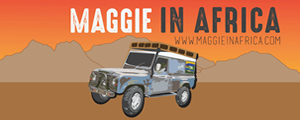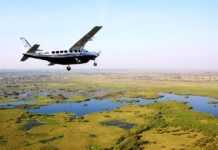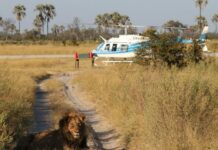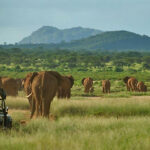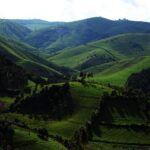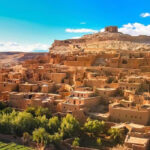After our amazing week in Zanzibar, we decided to head to one of Tanzania’s most famous destinations: Mt Kilimanjaro. Not being avid hikers, we instead decided to go on a coffee tour in the foothills of Africa’s largest mountain.
There are a number of companies that arrange these tours in Moshi – we chose the Kiliman Cultural Tourism Programme. We chose this cooperative-run tour because they offer half-day tours of real small-scale coffee farms, guided by real coffee farmers. And the money generated from the project goes directly to support the livelihoods of small coffee farmers in the Moshi area.
 Kiliman cultural tourism hq
Kiliman cultural tourism hq
On arrival, we were greeted by Kessey, a coffee farmer who was our guide for the next few hours. He gave us a brief history of the Chaga people who are best known for producing Arabica coffee, the beans were introduced to this area in the early 20th century by missionaries. Coffee produced here is exported all over the world.

Kessey our guide showing us the coffee plant
The coffee plants bear the first fruit at 3 years, and peak production is age 7-20 years. Our guide mentioned that this is one of the reasons that younger family members of coffee farmers are no longer continuing to farm coffee and are looking at farming alternatives such as maize.
 Red coffee beans being picked
Red coffee beans being picked
The fruit is red when ripe, and each tree is harvested every 10 days from July to February. In a season a good farmer can get 4 kg of coffee per plant.
Red c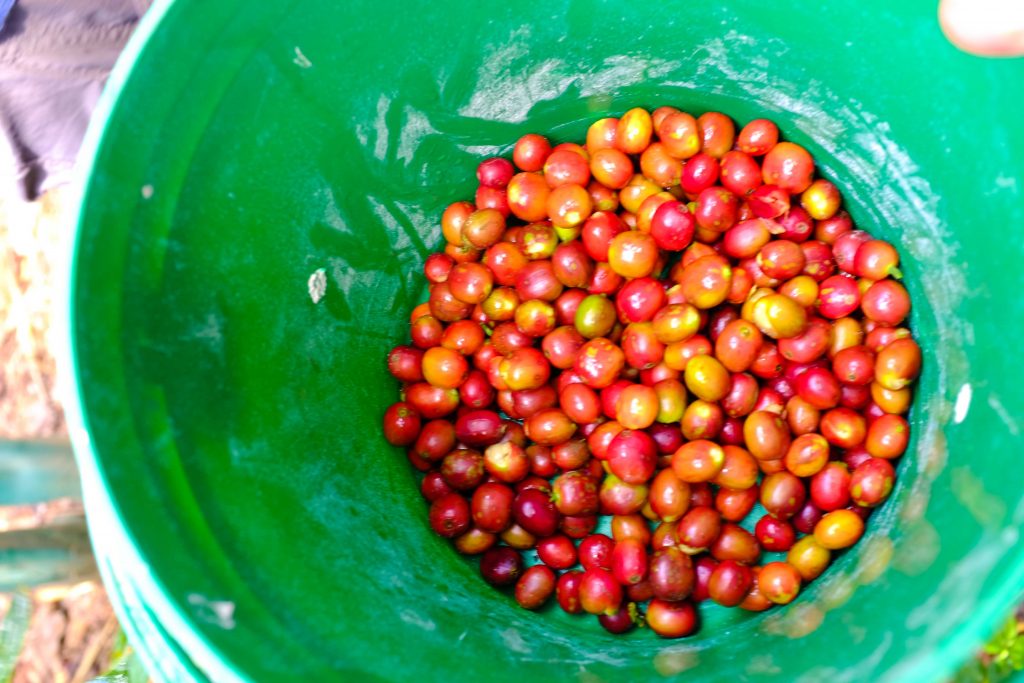 offee beans awaiting shelling
offee beans awaiting shelling
Shelling coffee beans
W ashing and fermenting coffee beans after being picked
ashing and fermenting coffee beans after being picked
The beans are then washed/floated in bathtub-sized vats for 24 hours
Dry ing the coffee beans
ing the coffee beans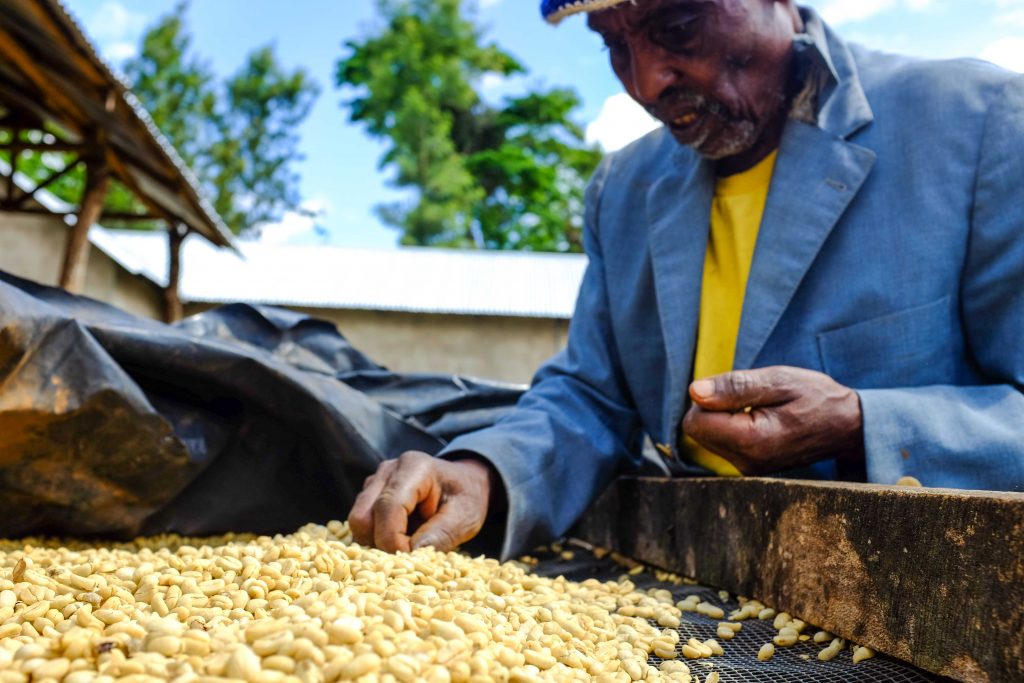
Beans are spread on a screen to dry for around 10 days. Once the beans are packaged they are taken to a cooperative where the farmer receives an advance payment per kilogram.
The cooperative will then take the beans to an auction.Currently a kg of unroasted beans were being bought by their cooperative at around Tsh3,000 ($1.50 per kg).
 Dried coffee prior to roasting
Dried coffee prior to roasting
 Roasting the coffee beans
Roasting the coffee beans
 Medium roasted coffee
Medium roasted coffee
 Ground coffee
Ground coffee

Straining the coffee

Enjoying the best cup of coffee ever

Coffee farmer cow used for manure

Coffee end to end

Coffee farmer Dennis Shio
We highly recommend this tour, it’s a great insight into the lives of small coffee farmers. In fact, it’s one of the best tours we have both ever experienced on our travels around the world.
We paid $20 each (it’s more if you require transportation) for a half day tour which also included a delicious lunch.
How to get to Kiliman Coffee Tour
GPS coordinates: S 3°14.684′, E37°21.159′
